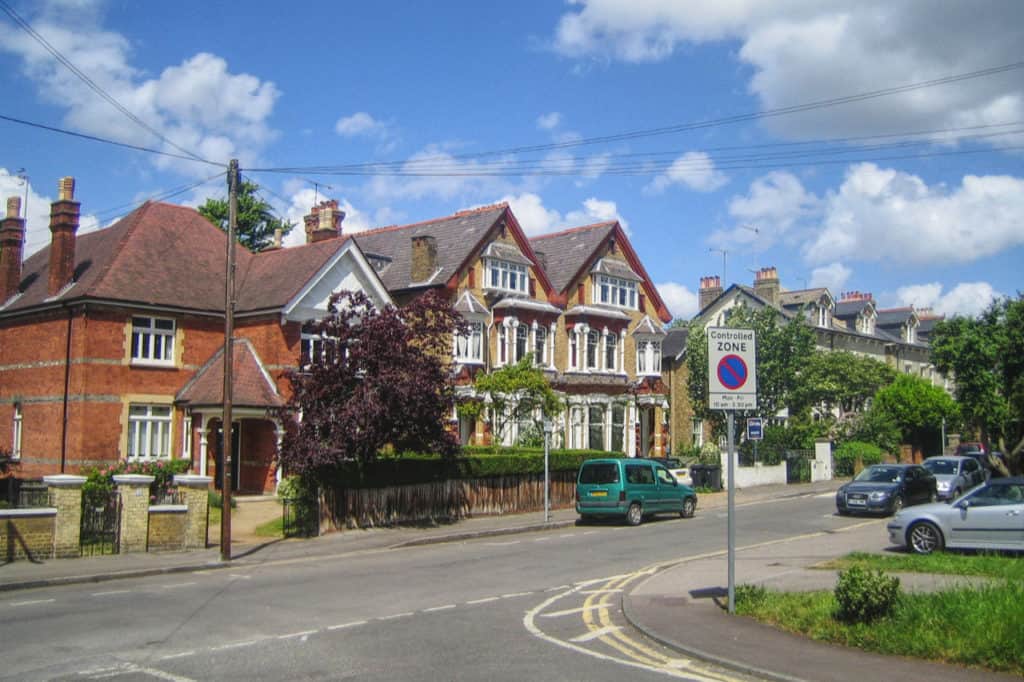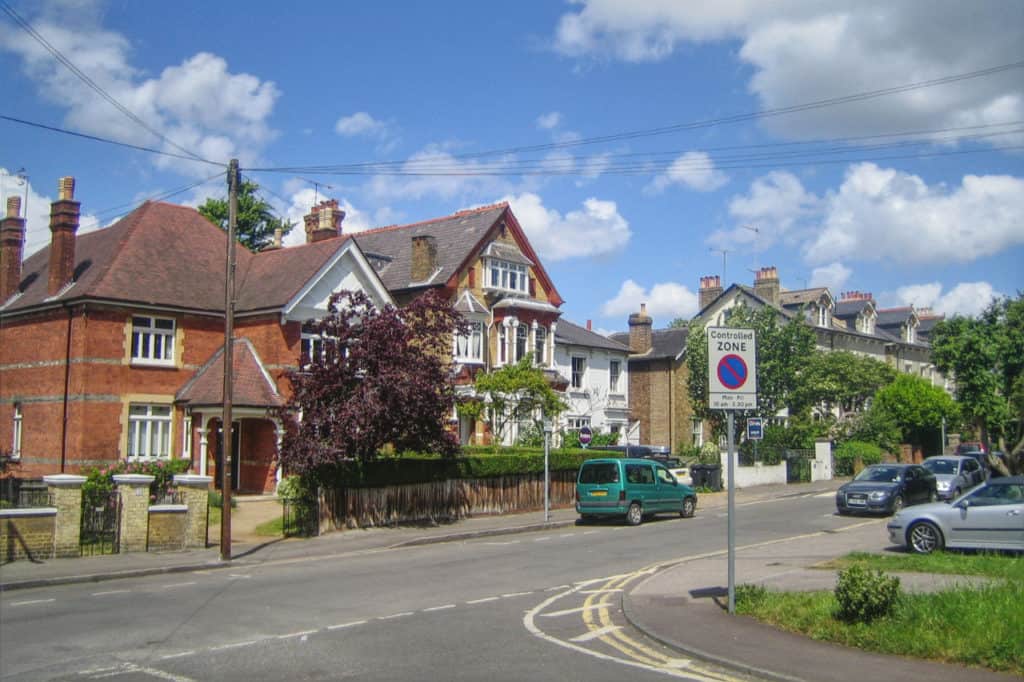BLOG
INTERESTING STUFF
THAT CAUGHT OUR EYE
John’s Advice: How to Win an Impossible Planning Application

Kylie and Neil approached the Kingston Upon Thames planning department with what seemed, at the time, to be a modest request: they wanted to add a pitched roof to their cramped cottage so that it would match the roof level of the larger adjoining property. What they didn’t expect was a firm and unequivocal “no”.
The house in question was not only in a state of disrepair, it was also very long and narrow and difficult to make liveable for a family of five. By extending their house upwards, Kylie and Neil hoped that their home would be able to grow with their family. Usually councils are more forgiving in cases where a project will provide clear benefits to the liveability of a property, so what was the issue?
Unfortunately for our clients, the house they bought was not only in a conservation area, it was also the oldest house on the road, built around 1820, and a very rare example of homes built in its style. It was – by heritage standards – highly valuable in its uniqueness, no matter how unappealing it might be to contemporary taste. The Kingston Conservation and Archaeological Society flatly objected to any extension and demolition was out of the question.
So Kylie and Neil were stuck. They came to DGA distraught; the house they planned to enjoy as a home for many years was borderline unliveable and they were presented with no options to improve it. But the solution to their problem and the conservationist’s problems was hiding in plain site, right next door.
I realised, when looking at the other homes on the road, that all of them were built in matching pairs – except for Kylie and Neil’s. Theirs was attached to a far larger and far more beautiful Victorian house with a sharp gabled roof, sculptural detailing and striking two-tone brickwork.
Our solution was bold and would set us on the path of one of our most challenging projects yet: we would demolish Kylie and Neil’s derelict Georgian cottage and replace it with a mirror copy of the adjoining Victorian house, brick by matching brick.
Not only would this larger, more attractive and more liveable property improve the well-being of our clients, it would improve the appearance of the whole street and increase the value of its neighbouring properties.
We decided the best solution would be to involve the neighbours and Kingston Society from an early stage in the design, so we hosted a tea party in the derelict house and asked for letters of support with the Planning application.
But I knew words and even tea parties wouldn’t be enough to convince a planning committee so deeply dedicated to preserving the spirit of the area and its architecture. Instead, we would convince of them the value of our proposal using highly detailed, photorealistic CGIs. As they say: show, don’t tell.
 The image above shows the original view of the street. Compare with the CGI render at the top of the page to see how effective this method is for demonstrating the impact to the streetscape.
The image above shows the original view of the street. Compare with the CGI render at the top of the page to see how effective this method is for demonstrating the impact to the streetscape.
I would have to wait until midnight to present our plan to the Morden Planning Committee. They had been delivering verdicts for hours, and had turned down 14 proposals by the time I stood in front of them and objectors to the project. CGIs prepared, I presented our vision.
By proposing an identical copy to an existing house on the road – one attached, in fact – all the usual interrogation over the appropriate style, colour, materials and so on was removed. Because this mirror copy would be far shorter (though larger, overall), even the neighbours would benefit from the build, as they would enjoy unimpeded natural light once blocked by the long, skinny existing cottage.
I had changed the terms of the debate. Instead of whether our proposal was appropriate, the question was whether it was possible to match the quality of the structure we would be copying. Such a project had not been attempted before in the area, so all I could do to convince the committee was demonstrate DGA’s experience working on delicate and valuable heritage assets.
The result was a hung committee. It was the chair of the Morden Planning Committee who would cast the deciding vote, and luckily for us and – most importantly — Kylie and Neil, he enthusiastically voted in our favour.
“Despite this being the oldest building in the road,” he said, “the new house designed by Dyer Grimes Architecture is of such a high design quality that it will make a bold replacement that will benefit the area as a whole.”
Crescent Road has since been completed (click here to view its portfolio page), and the final product didn’t just meet the committee’s lofty expectations, it exceeded them. In recognition of the quality and unprecedented boldness of our design, we’ve been awarded the Tony Leitch Landscape Awards 2017, by the Kingston Society.
If you want to know what Kylie and Neil think of their new home, click here, or click here to read expert advice from Ian McKenna, the light consultant who provided valuable evidence of how our project would benefit the neighbours.
John Dyer-Grimes
